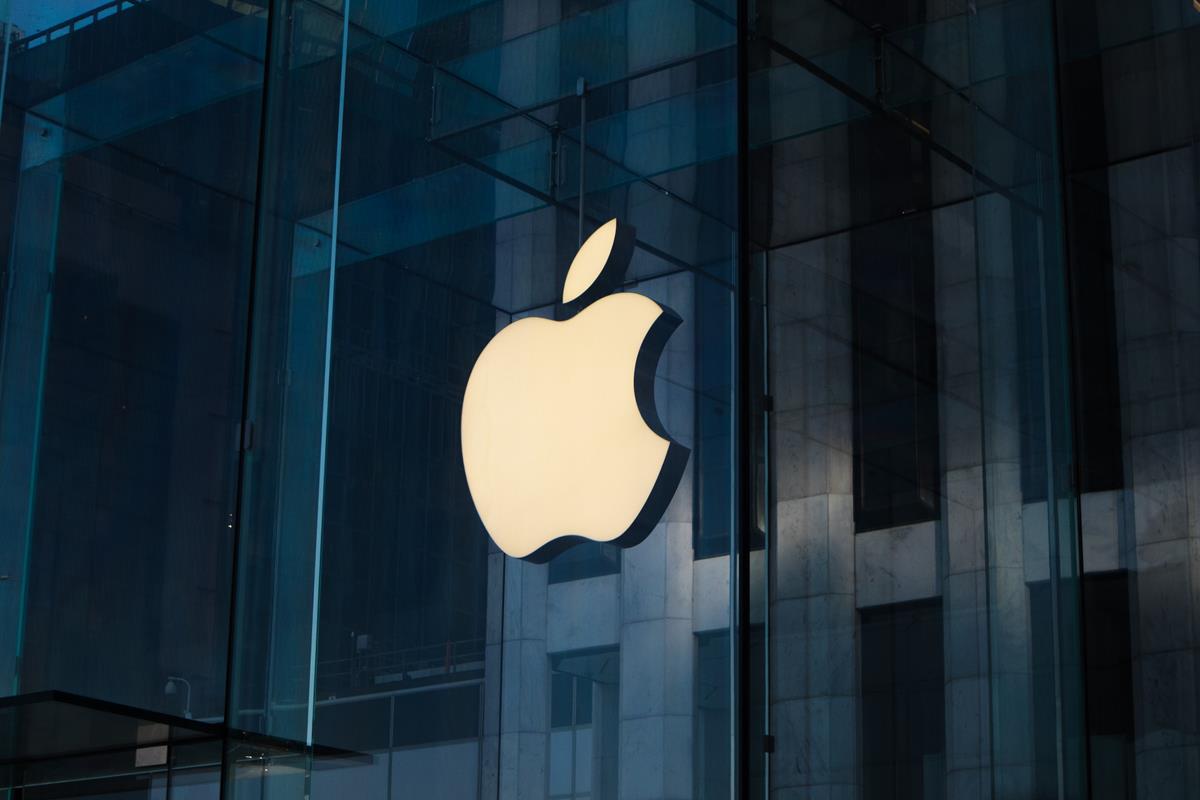

This is of course not the primary motivator, the primary motivator can also be looked at from the perspective of costs. Most artists would be completely screwed if corporations were still looking for work like this due to skills like drawing not being mandatory outside of dedicated ateliers or classical art institutions. Though the skill on display with older illustrators for instance, isn't the sort of artists you see when you look at freshly minted contemporary art graduates here in the US especially. It also avoids having ANY ties with older forms of advertising styles which are rife with potential racist and classist connotations due to predominantly featuring white folks in romantically, and presently perceived privileged situations. When you take a design approach that is flat, and devoid of as much detail as possible, you're not going to have issues of representation, but you obviously can run into issues most people notice (a work that doesn't have a strong representation of something, also lacks thrust in literally representing anything on an emotional level). If you're using more detailed illustrations for things like ads and customer facing graphics - you run the risk of someone raising concerns about how X is represented. By this, I mean representations of people and things of that sort. The metro flat design has it's roots in the desire for corporations to sanitize any politically precarious potentialities that can arise in the future, as well as mitigate costs simultaneously (as is more the case these days where we see just generally, corporations lessening quality, while also raising costs to end-consumers). It's obvious so many people resonate with those older, more detailed designs, but for those who wonder sometimes why this doesn't really exist anymore, there are reasons why this cannot return anymore for corporate graphic designs by and large.Ĭorporations operate on a different frequency.
Older firefox windows#
I just didn't realize the Windows browsers and other apps are doing it too. Which, come to think of it, a lot of websites do now. Of course being an old-time web designer (I started building websites back when smartphones weren't even a thing) my attitude isn't surprising… and I just recently adapted my main website to (mostly) work on phones at all… but what you describe about recent Windows trends… sounds like they're trying to make big-screen designs look like blown-up phone-screen designs. Personally I hate using the web on my phones, but that's where the majority of people browse now. There's a saying among web developers, "mobile first"… meaning the phone-screen design is your main design, and you make a modification for bigger computer screens afterwards. Oh, yuck! Sounds awful! I wonder if this trend is kind of a slop-over effect from designing apps so they work on little phone screens, where the hamburger menu kind of makes sense, since there's no room for a traditional menu bar. It's annoying when it happens but that's usually 1-2 times a year. Unfortunately updating the css means reconfiguring the settings all over again.
Older firefox update#
If that happens you just need to get the new css versions from github and update then you're good to go. Firefox updates sometimes might break the UI like buttons moving or disappearing.


It comes with some stuff already preset, for example alternative layouts for options and addons in userContent, though personally I don't really like some of those and always disable them when updating.Įvery time you change something you'll need to restart Firefox for the changes to take effect. UserChrome has about 95% of the settings, userContent only changes stuff like Firefox's options and addons menus and new tabs. Open about:config and change to trueįrom here onwards, everything is enabled or disabled from userChrome.css and userContent.css.
Older firefox zip#
In the root profile folder you just opened, create a new folder named "chrome" and extract the zip into that folder. Open about:profiles, click "open folder" on the root directory row ( not local directory). You get the latest version zip from here (v4.2.8 at the moment).


 0 kommentar(er)
0 kommentar(er)
